Nothing says a 3 day weekend is over like some math!
If you’ve been a long time reader of this newsletter you may remember that I’ve written about financial statistics in the past, but it has been a long time and a lot has changed in the economy so I want to revisit some of my favorite (aka not favorite) economic metrics.
In honor of Labor Day, I’m revisiting our old friend: Unemployment.
Last Friday the national jobs report came out. In a lot of ways the numbers were sort of same old same old as the last couple months. The August highlights were:
Employers added 187,000 jobs
The unemployment rate rose from 3.5% to 3.8%
Hourly earnings rose 4.3% over the month
In general, hiring weakened over the summer (as in employers aren’t feeling the need to hire as much/as quickly)
The one highlight I want us to focus on today is that second bullet point -- the unemployment rate. I think most folks assume that that number includes everyone who is unemployed and would like to be employed. This would likely include folks who work part-time, but who would like to work full-time and those who are freelance who don’t have gigs right now. That makes sense! Unfortunately, that isn’t how the Bureau of Labor Statistics calculates the rate. This particular indicator is referred to as the U-3 unemployment rate and only counts folks who are:
Available to work
Actively seeking work
Are furloughed
It does not include folks who are:
Working part-time, but want to work full-time
Underemployed
Work 15+ hours/week of unpaid “family work”
No longer looking for a job because they haven’t been able to find one in a long time (this is referred to as “out of the labor market” by the Bureau of Labor Statistics.
I always find the details of the rate to be pretty mind blowing -- they are missing so many people in the count! It makes the economy look better than it is in reality for many people. It also makes sense why folks feel like the economy isn’t doing as well as the numbers may say.
So, what is a more helpful indicator to look at?
The Bureau of Labor Statistics actually has another version of the unemployment rate called the U-6 that I find really helpful. The U-6 includes people who are “marginally attached to the labor force” and who are working part-time, but want to work full-time. Note: marginally attached includes folks who have given up searching for a job.
The August, 2023 US U-6 unemployment rate was 7.2% -- almost twice the U-3 rate. The last time I looked at this rate for the newsletter was 3 years ago. Then, in August of 2020, the U-3 rate was 10.2% and the U-6 rate was 16.5%. 7.2% is way better than both of those! And while that is true, I still wish the powers that be, namely politicians and the media outlets that report on these statistics, would share a more thorough and nuanced understanding of the indicators because without clear definitions and details we miss the real story.
Yes - the unemployment rate has improved since the height of the pandemic. That IS good, but the real story is that there are still over 7% of Americans who would like to work more than they are. And that doesn’t even begin to touch wages, work-life balance, job satisfaction, or inflation. The unemployment rate alone - regardless of whether you are looking at the U-3 or U-6 rate doesn’t really tell us what is happening in the economy -- it is just a snapshot of one piece of the puzzle and I sure wish politicians would stop using it as a badge of honor or weapon when most Americans just want to feel secure, be able to spend quality time outside of work, and spend money in alignment with their goals without feeling financially terrified.
As always, I’m rooting for you.
XOXO,
P.S. I have a few open coaching spots for the fall! You can book a free consultation call with me, fill out the client inquiry form, or check out the Verdi website if you want to learn more.


